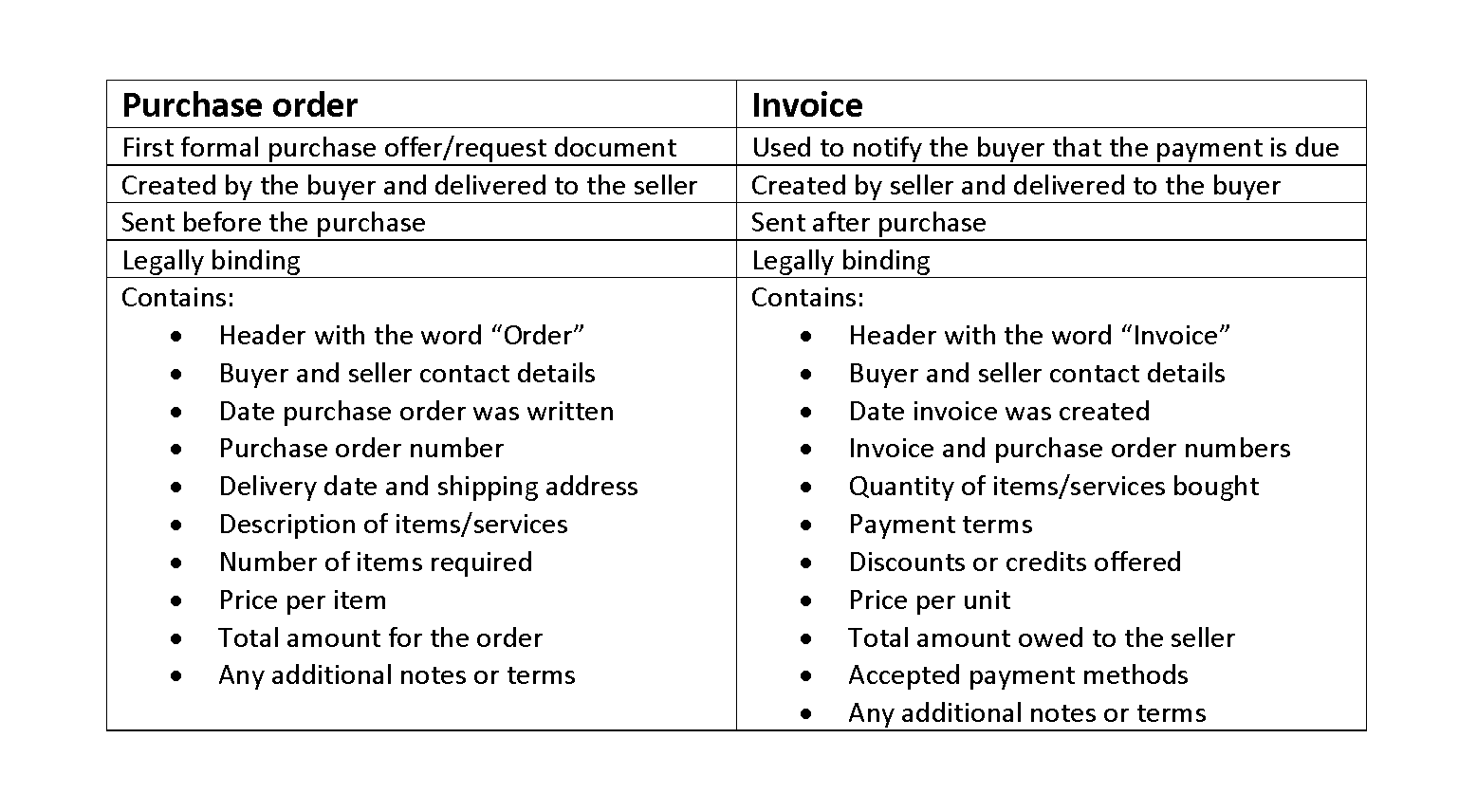
Finally, the difference between the two numbers is the balance on the T-Account. With Deskera you can effortlessly manage and oversee your invoices, credit notes, business expenses, financial reports all in one place. We at Deskera have spent over 10 years working with small business owners from across 100+ countries, to build accounting software that suits any type of business. One of the best accounting software for small businesses today is Deskera. It’s impossible to provide a complete collection of examples that addresses every financial transaction with the corresponding T account.
Why Can’t Single Entry Systems Use T Accounts?
- If that’s not the case, make sure to double-check your books as you’ve probably made an accounting error along the way.
- Any transaction a business makes will need to be recorded in the company’s general ledger.
- Since management uses these ledger accounts, journal entries are posted to the ledger accounts regularly.
- The T-account format is a vital tool in understanding and managing a company’s financial transactions.
- On the other hand, the Notes Payable account is expected to be debited since it is a liability account.
- Whatever your role is in the business, it’s worth grasping the basics of this language.
Whenever cash is received, the Cash account is debited (and another account is credited). Accountants and bookkeepers often use T-accounts as a visual aid to see the effect of a transaction or journal entry on the two (or more) accounts involved. In January, I pay £6000 in cash to the landlord, so my bank (asset) account is credited £6000. In this section, I’m going to go through different types of transactions, and I’ll be using T-accounts to display the movement of value through the business. I will use my coffee shop to represent a business throughout these examples.
When Cash Is Debited and Credited
A temporary account used in the periodic inventory system to record the purchases of merchandise for resale. (Purchases of equipment or supplies are not recorded in the purchases account.) This account reports the gross amount of purchases of merchandise. Net purchases is the amount of purchases minus purchases returns, purchases allowances, and purchases discounts. The journal entry recorded in the general journal (as opposed to the sales journal, cash journal, etc.). Modern accounting software solutions have integrated the T-account format into their platforms, enabling efficient and accurate record-keeping and analysis. By examining T-accounts, you can identify trends and patterns in a company’s financial activities, enabling better decision-making and planning.

Why You Can Trust Finance Strategists

That’s why we’ve only gathered some of the most frequent financial activities businesses deal with in their day-to-day operating cycle. Then, the journal entry is moved into the ledger, in the form of a T account. A double entry system is time-consuming for a company to implement and maintain, and may require additional manpower for data entry (meaning, more money spent on staff). These errors may never be caught because a double entry system cannot know when a transaction is missing. T Accounts always follow the same structure to record entries – with “debits” on the left, and “credits” on the right. A business owner can also use T-accounts to extract information, such as the nature of a transaction that occurred on a particular t accounts day or the balance and movements of each account.

A T-account is a tool used within a ledger to represent a specific account, while a ledger is a complete record of all financial transactions for a company. normal balance In this image, you can see a T-account which shows my bank account for the first week of March. Every day, I receive cash from my coffee sales shown in the debit column on the left.
A trial balance summary is a report that summarizes the account balances in a company’s general ledger.It lists all the accounts and their balances, including debit and credit entries. It exists to ensure that the total debits equal the total credits, indicating that all transactions have been recorded accurately. A ledger is a complete record of all financial transactions for a company, organized by account. It includes a list of all T-accounts and their balances, providing a comprehensive view of a company’s financial position. Ledgers can be maintained manually or electronically, and they serve as the basis for financial statements and other reports. T-accounts are used to visualize the balances of individual accounts.

Since most accounts will be affected by multiple journal entries and transactions, there are usually several numbers in both the debit and credit columns. Account balances are always calculated at the bottom of each T-account. The total difference between the debit and credit columns will be displayed on the bottom of the corresponding side. In other words, an account with a credit balance will have a total on the bottom of the right side of the account. A T Account is the visual structure used in double entry bookkeeping to keep debits and credits separated. For example, on a T-chart, debits are listed to the left of the vertical line while credits are listed on the right side of the vertical line making the company’s general ledger easier to read.
total
Most companies have computerized accounting systems that update ledger accounts as soon as the journal entries are input into the accounting software. Just like journalizing, posting entries is done throughout each accounting period. Another way to visualize business transactions is to write a general journal entry. Each general journal entry lists the date, the account title(s) to be debited and the corresponding amount(s) followed by the account title(s) to be credited and the corresponding amount(s). Let’s illustrate the general journal entries for the two transactions that were shown in the T-accounts above.
How Is ‘She’s So Crazzzzzzzy’ Used In Memes?
A current asset whose ending balance should report the cost of a merchandiser’s products awaiting to be sold. The inventory of a manufacturer should report the cost of its raw materials, work-in-process, and finished goods. The cost of inventory https://www.bookstime.com/ should include all costs necessary to acquire the items and to get them ready for sale. Iii) Utilize software features to generate reports and financial statements for better decision-making. The shift to digital T-accounts has streamlined the accounting process, reducing manual errors and enhancing productivity. In this case, the accounts are ‘Office Equipment’ (an asset) and ‘Accounts Payable’ (a liability).